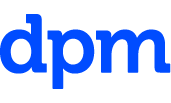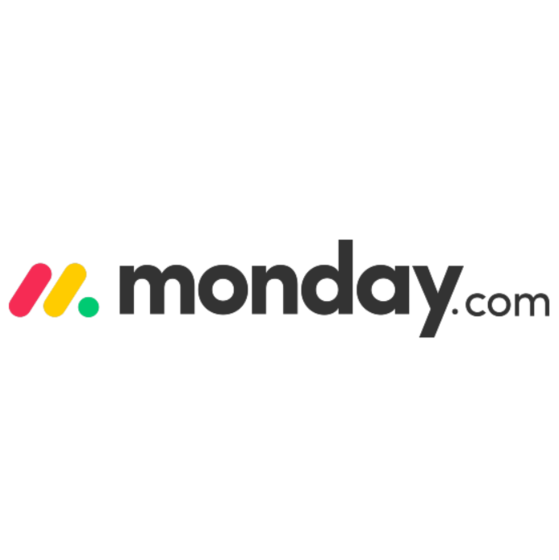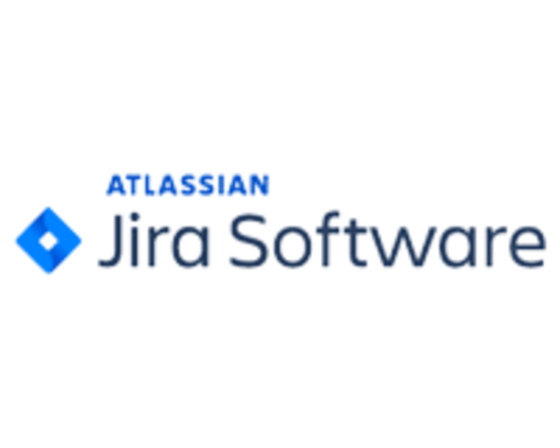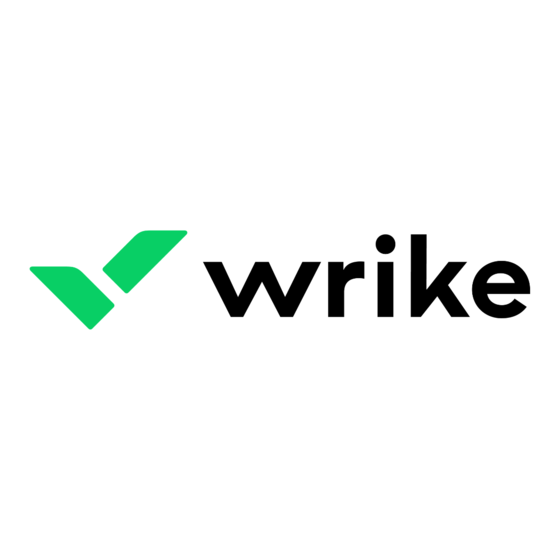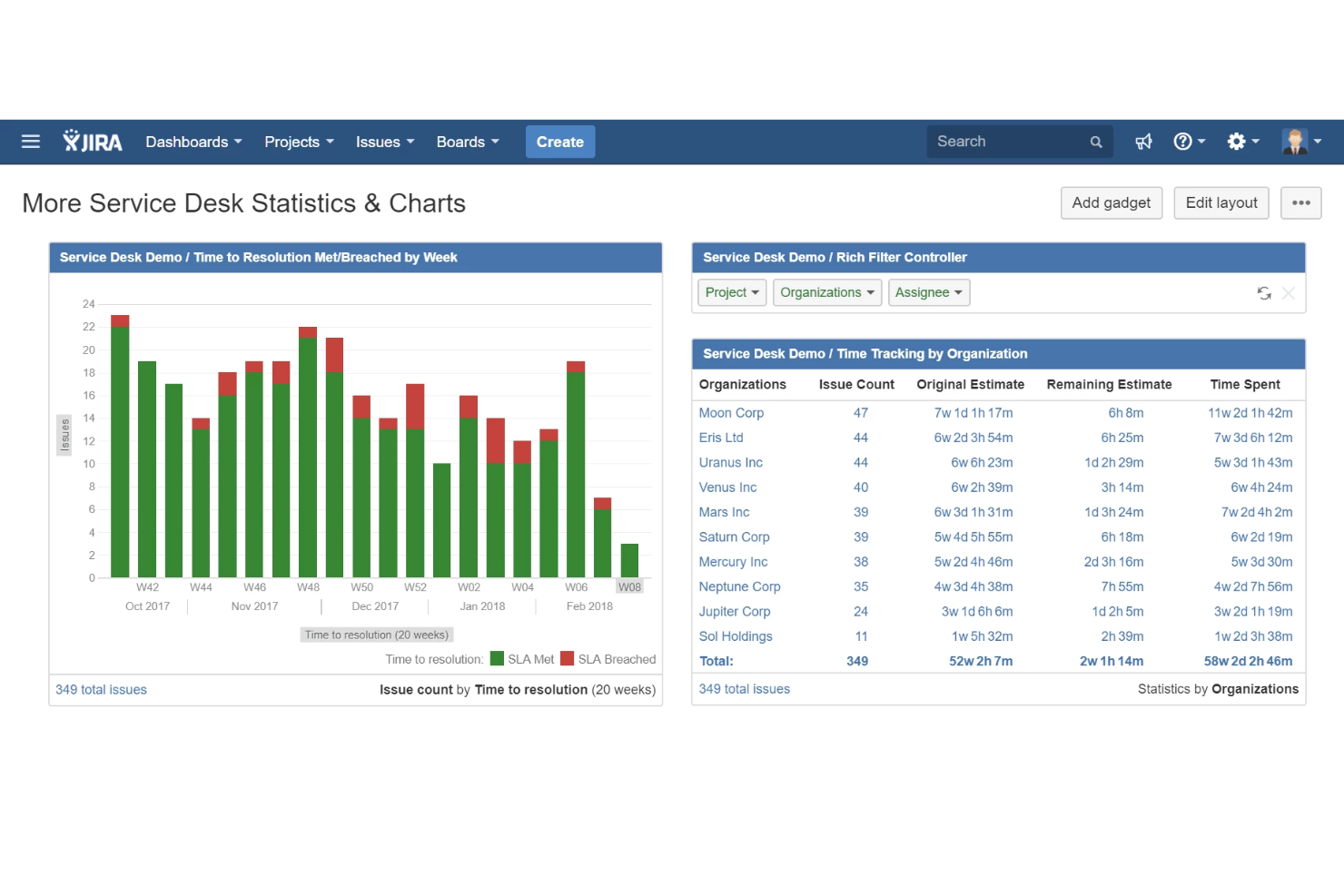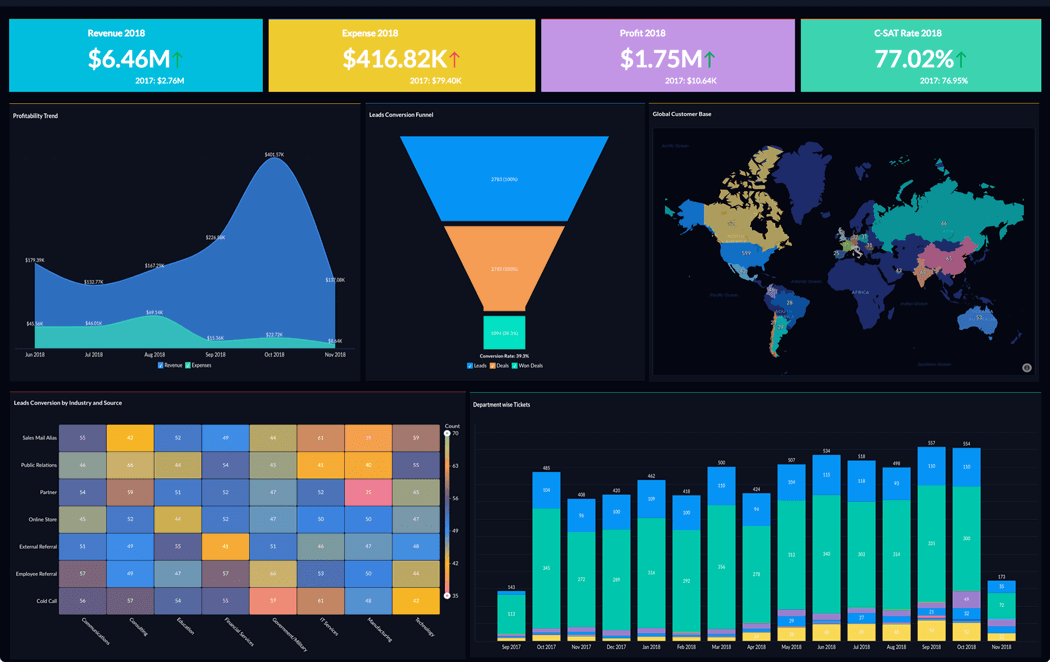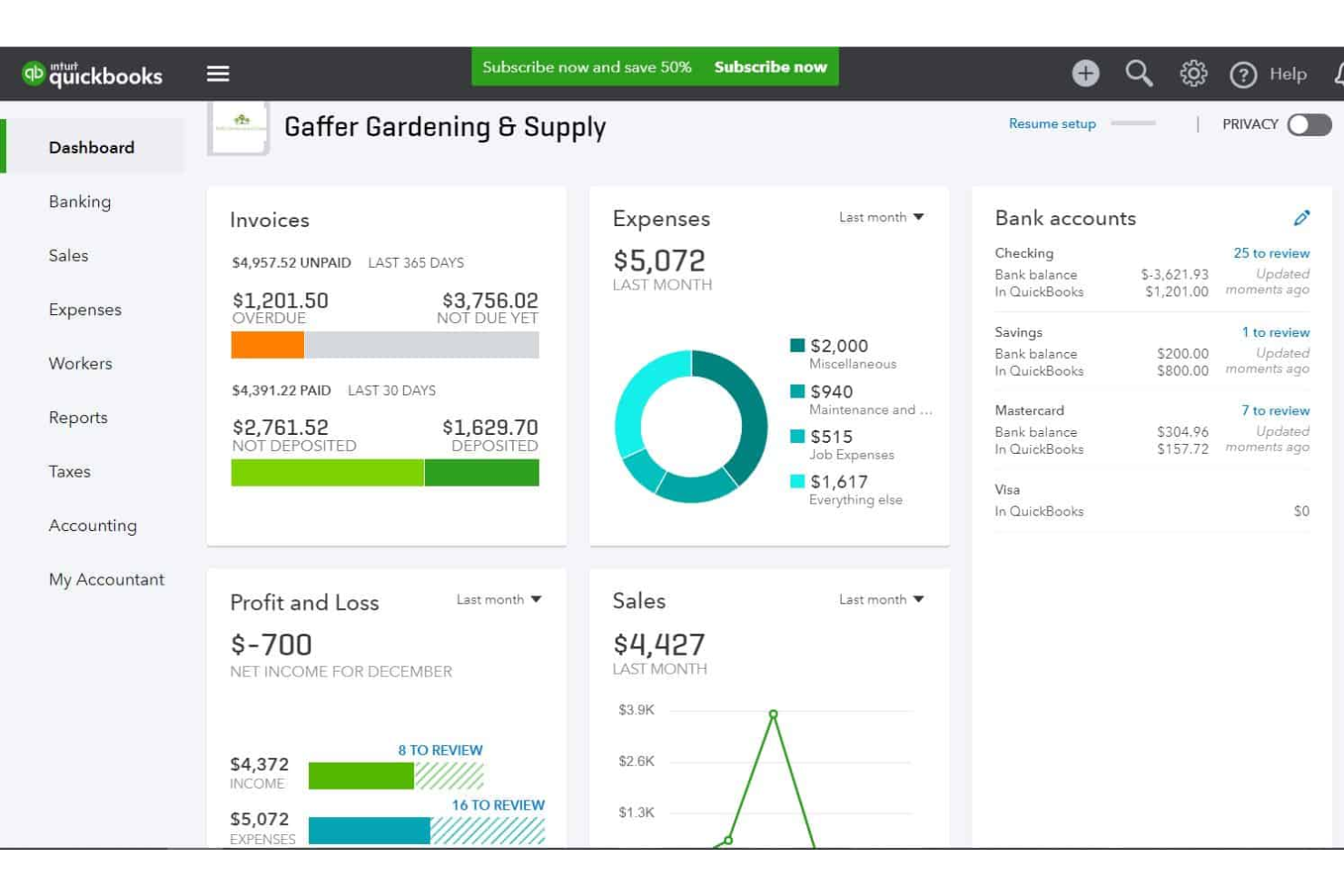10 Best Reporting Tools List
Here's my pick of the 10 best software from the 39 tools reviewed.
Get free help from our project management software advisors to find your match.
There are seemingly countless reporting tools available, so figuring out which is best for you is tough. You want to share data with your team in the most accessible and accurate way possible but need to figure out which tool is the best fit. I've got you! In this post I make things simple, leveraging my experience using a variety of different reporting tools for everything from large projects to business growth to bring you this shortlist of the best reporting tools.
What are reporting tools?
Reporting tools are software that help businesses collect, process, and present data in an organized and understandable format. They pull data from various sources, like databases and spreadsheets, and turn it into reports that display trends, patterns, and insights. These reports can be in the form of tables, charts, graphs, and dashboards, making complex data easier to understand at a glance.
Reporting software is invaluable for decision-making, as it provides managers and stakeholders with the information needed to understand performance, identify areas for improvement, and plan future actions, which can mean more informed strategies, efficient operations, and a stronger bottom line.
Overviews Of The 10 Best Reporting Tools
Below is a description of each tool, how it handles report generation, and why it was chosen for this list. I’ve added screenshots of the tool so you get an idea of what it looks like from a user’s perspective.
Best reporting tool with issue tracking & release management
Jira Software is a powerful project management tool developed by Atlassian that enables software development teams to plan, track, and release high-quality software.
Jira Software can be best used for reporting by leveraging its powerful reporting and analytics capabilities to track project performance, identify potential issues, and make data-driven decisions. Users can create customized reports that display key metrics and data points, including project status, issue types, velocity, and team performance. Reports can be tailored to fit specific needs and workflows, and can be easily shared with other stakeholders, such as team members, management, or customers. Additionally, Jira Software provides a range of visualization tools, including dashboards and charts, that enable teams to quickly and easily track progress and identify potential roadblocks. Finally, Jira Software integrates with a range of other business tools, including business intelligence and data visualization platforms, to provide a comprehensive reporting and analytics solution.
Some key features and functionality of Jira Software include agile project management tools such as scrum and kanban boards, customizable workflows and issue types to fit specific team needs, powerful reporting and analytics capabilities to track progress and identify potential issues, integration with a range of developer tools such as Bitbucket and GitHub, and a robust API for customization and automation. Additionally, Jira Software offers a range of add-ons and plugins that extend its capabilities and integrate with other tools and platforms.
Jira integrates with other Atlassian platforms as well as third-party apps like Slack, Mircosoft, Google Workspace, Zoom, AdobeXD, Invision, Figma, Gliffy, Draw.io, Balsamiq, Lucidchart, Miro, Opsgenie, Jenkins, Dynatrace, GitHub, Zendesk, Trello, Optimizely, and hundreds of others via their apps marketplace. You can also build your own using their API.
Jira Software costs from $10/user/month and comes with a 7-day free trial.
Zoho Analytics is an analytics and reporting tool to help you convert raw business data into comprehensive reports and dashboards. You can use it to collect, enrich, and filter data to make it easier to analyze. It has an AI assistant feature to help you generate insights, spot patterns, and forecast trends. Zoho Analytics has a mobile app version that works on iOS and Android.
Zoho Analytics lets you use charts, widgets, and pivot tables ensuring you can present data in the best possible way. Zoho Analytics allows you to collaborate with other users to build and share custom reports and dashboards. Its user permission settings give you control over who can view and edit your data according to need and/or authority.
Zoho Analytics cost starts at $24/month/up to 2 users. They offer a 15-day free trial.
QuickBooks is an accounting solution that helps small businesses track their expenses, manage their invoicing, and report on their financials. The software tracks your transaction details, helping you keep accurate records. Based on the finances you track in the system, you can view how much you're spending in each expense category from your dashboard.
The platform offers a simple, low-cost expense reporting solution for small- and medium-sized businesses. Receipts are sorted automatically, and you can reclassify transactions in bulk. You can also generate invoices, and even set up recurring invoices for repeat clients or customers.
QuickBooks Online integrates with over 450 business apps like Square, Stripe, Paychex, Insightly CRM, Mailchimp, Shopify, eBay, BigCommerce, Magento, Squarespace, Etsy, Katana, and ProjectWorks. Pricing starts from $30 per month, and a 30-day free trial is available.
Datapine is a great reporting software as it offers business users an uncomplicated and secure way to monitor as well as communicate key performance indicators (KPIs) effectively and quickly within one central analytics platform. This empowers everyone within the company to access at any time up-to-date, accurate information to make the right, data-driven decisions.
Datapine belongs to a new generation of reporting tools and offers, thanks to its ease-of-use, access to advanced analytics features even for non-technical users. Different data sources (flat files, databases, CRM and ERP-systems, social platforms, etc.) that are needed for the reports, can be integrated with a few clicks.
Customized, visual KPIs can be built via drag and drop and stored on dynamic, interactive dashboards. These professional KPI dashboards are also the core of datapine’s BI reporting solution. They offer a wealth of modern dashboard functionalities such as sophisticated global filter, predictive analytics as well as AI-based and interactive dashboard features.
Moreover, you can choose from over 80 professional dashboard templates for different business functions and industries. Finally, the dashboards can be shared in multiple ways such as automatic email reports, sharing live dashboards via URL or embedding them in external applications.
Datapine offers a 14-day free trial without any limitations with custom pricing starting at $250 per account.
Whatagraph is a reporting tool for marketing agencies and in-house marketing teams that helps you get the right data in front of your customers and in a way they understand.
With this tool, you can create reports in minutes thanks to their 95+ templates and connectors to multiple data sources. Also, you can make these reports customized to your client by changing the colors and adding their logo.
Once you are done making it pretty, Whatagraph lets you automate report delivery so your clients can get their weekly, monthly or quarterly reports, and all you have to do is set the time interval! No more '$!@, I forgot to send the report' moments.
Whatagraph integrates with over 40 tools. These include Facebook, Shopify, Mailchimp, Salesforce, and Tik Tok Ads. All of them can be used as data sources for your reports.
Whatagraph has a 7-day free trial, and pricing starts at $199 per month, which gets you 25 data sources and 5 users, with unlimited reports.
Tableau is a visual analytics platform for exploring, understanding, and managing business data. It uses a drag and drop method to create reports using the available data visualizations and widgets.Tableau uses interactive data visualizations so you can create visually-compelling reports that viewers can click to explore.
If you need to build powerful dashboards quickly, Tableau is the best reporting tool for you because of its embedded analytics features. The embedded analytics are customizable through an API so you can insert data collection and reporting functionality into your pre-existing workflow. This can also help you personalize your customers’ data experience.
Tableau integrates with other business tools, including Google Cloud, Microsoft SQL Server, Google Sheets, Hive, and SAP.
Tableau pricing starts at $12/user/month, and they offer a 14-day free trial.
Reportei
Best for quickly generating digital marketing dashboards and reports
Reportei generates digital marketing reports quickly, focusing on social media data and analytics. This tool is great for agencies, freelancers, and digital marketing professionals that need to save time on reporting and spend more time on analysis.
Reportei also offers a marketing timeline feature, allowing users to add events and milestones throughout the project to the timeline and categorize them to keep track of overall project progress.
Integrations include Facebook, Instagram, LinkedIn, YouTube, Facebook Ads, Instagram Ads, Google Ads, Google Analytics, and other channels.
Pricing starts at $14.50/month.
Created in 2002, ProWorkflow was designed as a project management solution that supported analytics and reporting needs. When you log in to this tool, you immediately see a user-friendly dashboard showing a graphical summary of your current stats for active, completed, and upcoming work.
Standard reports provide detailed information on workload and performance as well as your projects, tasks, time, and financial data. Custom reports let you build your own report, select the filters and data that you need, and even share the report with your team.
Visually, the reporting screens and downloads aren’t much to look at. The data is solid and easy to read but if you are looking for some added physical pizzaz, you might need to deploy some manual graphic design intervention.
Key features you can tap into include: resource reports on staff and time, workload breakdown reports, time summary reports, individual project reports, general project reports, task reports, and the ability to export reports to multiple formats.
ProWorkflow integrates with tools like Xero, Quickbooks, KashFlow, FreshBooks, MYOB AccountRight, Box Storage, DropBox, Google Drive, Microsoft OneDrive, and hundreds more through Zapier.
ProWorkflow costs from $10/user/month, which includes a maximum of 10 active projects.
Office Timeline stands out as a reporting tool by offering a unique solution for transforming complex project information into easy-to-understand, visually appealing timelines and Gantt charts within Microsoft PowerPoint. This integration is particularly valuable for professionals who need to communicate project status, milestones, and deliverables to stakeholders in a clear and concise manner.
mary function of timeline creation, Office Timeline excels in its ability to facilitate communication and understanding among project teams and stakeholders. The tool's customizable templates and styles enable users to highlight key project dates, dependencies, and progress in a format that is immediately accessible and interpretable by audiences, regardless of their project management expertise. This capability is especially useful in environments where quick decision-making is critical, as it provides a visual snapshot of project health and trajectory.
Office Timeline costs from $99/year.
Projectworks is a business operations platform that offers business intelligence insights to improve company efficiency and profit margins. The tool is designed for professional services companies, with resource management, time tracking, expense reporting, and invoicing functionalities.
This software offers reporting and analytics based on project, resource, and financial management data. Users can track time spent on various tasks and projects, manage expense reports and invoicing, and allocate resources all in one place. This makes for dynamic and informative reporting dashboards, with insights on planned vs. actual time and money spent, project costs, and capacity and revenue forecasting. Customizable templates are available in the platform so users can create meaningful dashboards for their use case.
The platform integrates with common workplace tools like Azure DevOps, Hubspot, Jira, MYOB, QuickBooks, and Xero. Users can unlock additional integrations through a paid Zapier account.
Pricing is available upon request, and users a free trial can be requested on the website.
The Best Reporting Tools Comparison Chart
Here is a table you can use to compare all the tools we just covered in the overviews.
| Tools | Price | |
|---|---|---|
| Jira Software | $10/user/month | Website |
| Zoho Analytics | From $24/month | Website |
| QuickBooks Online | from $22.50/month | Website |
| datapine | From $249/month | Website |
| Whatagraph | From $199/month | Website |
| Tableau | From $70/user/month | Website |
| Reportei | From $14.50/month | Website |
| ProWorkflow | Starts from $20/user/month | Website |
| Office Timeline | From $149/license/year | Website |
| Projectworks | From $370 /month (for up to 10 users) | Website |
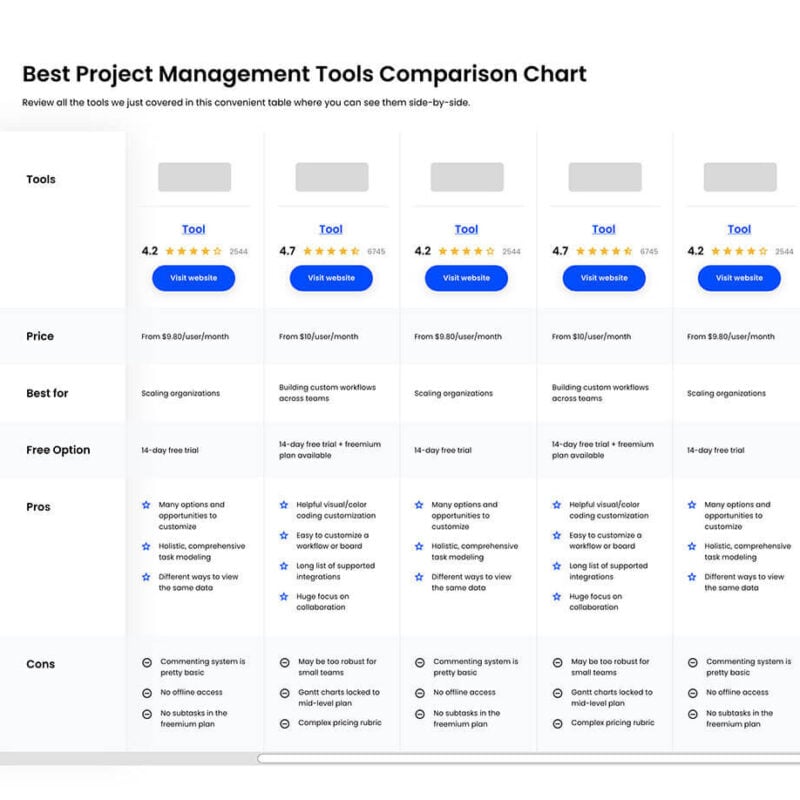
Compare Software Specs Side by Side
Use our comparison chart to review and evaluate software specs side-by-side.
Compare SoftwareOther Dashboard Reporting Tools
Here are a few more auto-reporting tools that didn’t make the top list. If you need additional suggestions for the handy ad hoc report tool, check these out.
- Power BI for Office 365
Best reporting platform for scaling organizations
- FanRuan Software
Best reporting software for enterprises
- SegMetrics
Best reporting tool for marketing and sales teams
- Thoughtspot
Best reporting tool for beginners
- Google Data Studio
Best for sharing & collaboration
- Octoboard
Best reporting software for automated reporting
- DashThis
Unlimited users, data sources, and integrations in all plans.
- ClickUp
Best reporting dashboards that promote collaboration
- MeisterTask
Best reporting tool for agile teams
- Xero
Best for reporting on project quotes, time, and financials
- Wrike
Best for collaboration on project reporting
- Hive
Best reporting tool with interactive dashboards
- Mixpanel
Behavioral analytics tool to analyze website site user engagement, monitor KPIs, and easily generate reports.
- Smartsheet
Connect and integrate with tools and apps you already use to glean real-time insights into the work that teams are doing across the organization.
- TapClicks
Marketing report tool (TapReports) and marketing performance analytics (TapAnalytics) with a clean, streamlined UI.
- Looker
Connect with Redshift, Snowflake, BigQuery, as well as 50+ supported SQL dialects to build embedded visualizations and data science workflows.
- Domo
Works with your data lakes, data warehouses, ETL tools, and more, to deliver data insights with built-in collaboration and productivity tools.
- Planview Clarizen
Capture and track all your project and team data in real-time, including effort, status, issues, and change requests.
- Board
Explore your data, run effective analysis, build interactive dashboards, and create impactful reports.
- Klipfolio
Connect hundreds of data sources, including spreadsheets, files, databases, and web services applications to build data visualizations.
- Sisense
API-first cloud technology with interactive dashboards, self-service analytics, and white-labeled BI apps for your use.
- Qlik
Combines all your data and makes it analysis-ready for everyone to freely explore, amplified by machine intelligence for better results.
- Funnel
Automatically collect all the data you need from any data source and feed it directly to your data warehouse, dashboard solution, or any other tool you’re using.
- AgencyAnalytics
Integrate with more than 30 platforms to build a complete marketing dashboard and optimize your work with SEO reporting software.
- Periscope
Explore and analyze data using SQL, Python, and R with rapidly prototype machine learning models, including sentiment and text analysis using NLP.
- LiveReport
Best for integrations
- Knowi
Best reporting tool for natural language processing
- Plot.ly
A framework for teams to collaborate in the development, testing, and deployment of analytic web apps, no Javascript required.
- Workamajig
Gain insights from your management dashboard to pinpoint efficiencies or bottlenecks and create relevant reports based on user needs.
How I Picked the Reporting Software on This List
I started by doing extensive research on the most popular business intelligence tools on the market, based on user reviews and available features. Then, I weighed factors that make a tool a good option for project reporting, like being able to access real-time data. After reducing the number of tools, I selected the ones that came out on top and evaluated them using the criteria below.
User Interface (UI)
I look at how the information is displayed. A report is no good if it’s in a cluttered interface with distracting elements and information overload.
Key Features
- Data Visualization: Reporting tools often include features for creating visually appealing charts from data sets using graphs and dashboards, thereby enhancing the accessibility of complex project data. Through visual representations, stakeholders can easily comprehend trends and patterns.
- Robust reporting: Normally seen in the form of interactive reports where you can click on items and drill down into the information source. You can also measure robust reporting by the number of filters available to you.
- Real-Time Reporting: Many reporting tools provide updates in real-time or near-real-time, offering project managers access to the latest information on project status, tasks, and milestones. This immediacy facilitates agile decision-making based on current project dynamics.
- Historical Data Analysis: Reporting tools include features for analyzing historical project data, enabling project managers to identify patterns, trends, and areas for improvement based on past performance. This historical context contributes to informed decision-making and continuous project enhancement.
Usability
I analyze the different options in which you can get a report. Whether that is through a screen where we set parameters and get a custom report in return to the dashboards and the capacity to export them. This usability criteria also includes research on the tool’s customer support and resources to help you master it quickly.
Integrations
I review how many integrations are available for the tool. This analysis will include pre-built integrations that you can use right away and also the tool API available to make custom integrations.
Pricing
I looked at the tool’s pricing structure. Some of these tools are free, others have low-cost. Likewise, I look at free trials and free versions of the software so you can try them out for yourself.
Reporting Tools FAQs
Find answers to common questions other people ask about this topic.
What are the types of reporting tools?
There are many types of reporting tools, such as dashboard software, data visualization software, scorecard tools, and ad-hoc report writers.
Dashboard software lets you put the reports that matter most to you front and center. Data visualization software turns data into something visually-oriented that users can easily read.
Then, scorecarding tools are all about performance data. Therefore you know who your high achievers are. Lastly, ad-hoc report writers create various styles of in-the-moment reports for companies that have ever-changing needs.
What is business intelligence software?
BI software is a critical tool for gathering raw data, analyzing it, and presenting it in a user-friendly way to support informed decision-making. BI software aggregates and processes data from various sources, offering project managers a comprehensive and cohesive view of project performance. It enables them to identify trends, monitor key performance indicators (KPIs), and make data-driven decisions that contribute to the successful execution of projects.
What are the benefits of reporting tools?
One benefit is that reporting tools gather data across sources and then organize it visually so users can read and interpret it. These sources are inventory, sales, conversion, web traffic, social media impressions, time spent, and so on.
Reports can typically be saved into different formats, printed and distributed, visualized, and presented, so it is a great way to convey large amounts of useful information quickly. Also, reporting allows you to ask big-picture questions and then collect the data you need to make the best decisions.
Not looking for report software at the moment?
Check out our other lists of other project management tools you might find useful:
- Look at project portfolio management tools. They can help you conduct and communicate your reports on a higher level and across projects.
- Communication, communication, communication. If you haven’t nailed this, you can’t really get started on anything else. Try these 10 Best Communication Tools & Software.
- Find reporting tools within other software, such as my list of the best marketing project management software.
- Worth checking out: Managing Tasks As A Project Manager: 3 Key Strategies For 2023
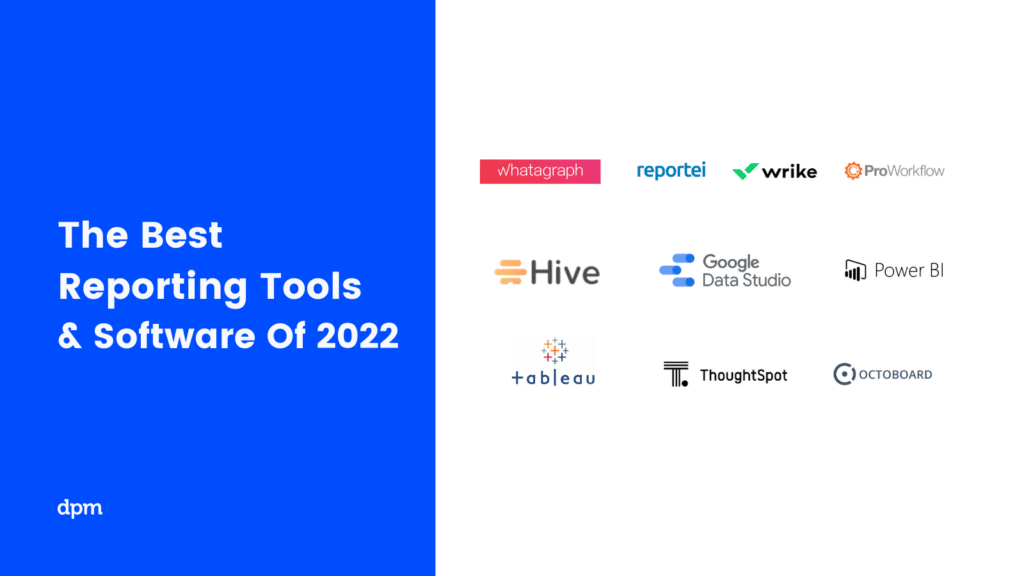
What's Next?
Reporting is a big part of our jobs. Therefore, I encourage you to read how to set up a PM dashboard the right way. You can also check out how to build a project status report that puts a smile on your client's face.
Related tool lists:
We also share some stories with you through our Insider Membership newsletter. It’s a weekly email with information on all things DPM + reflections, stories, and fun facts about our profession.
